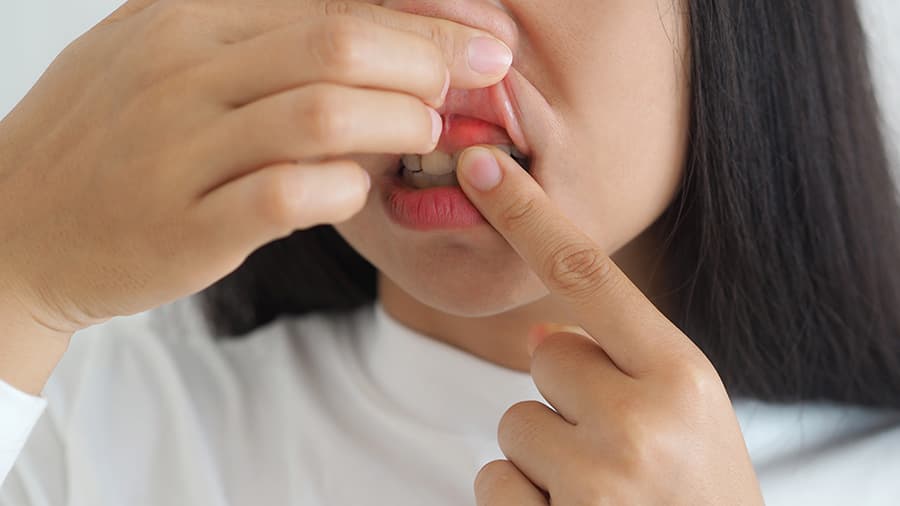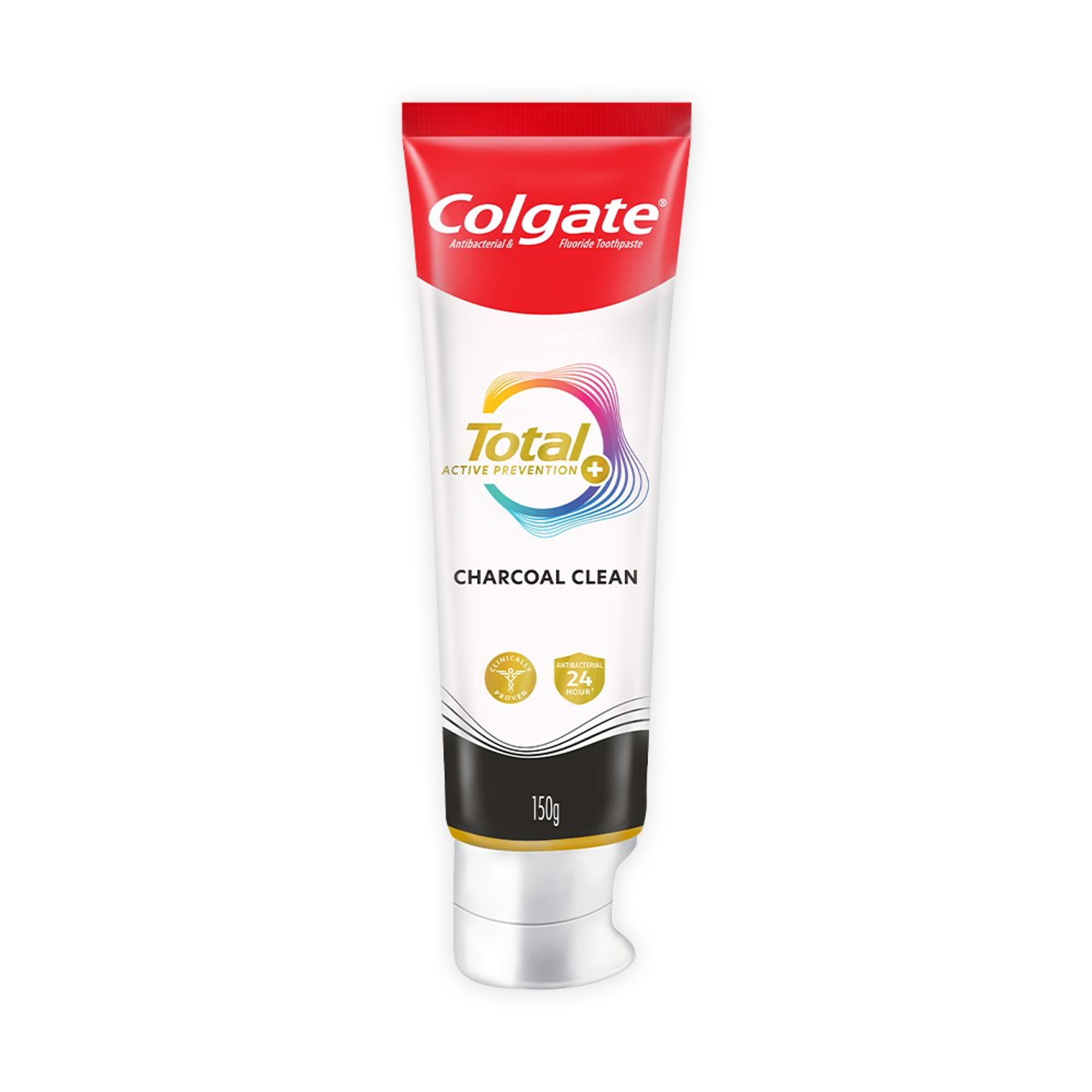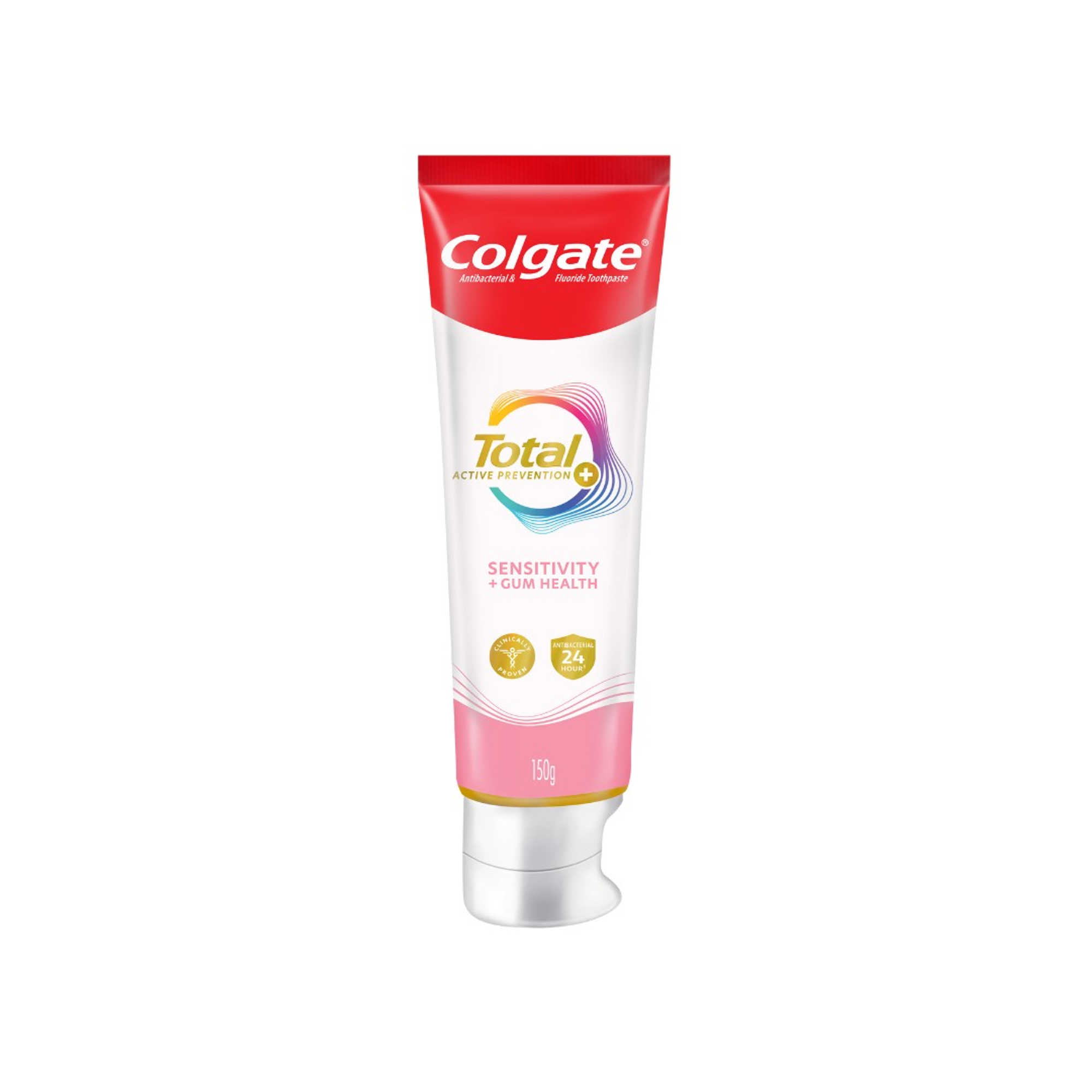What Is It?
A diastema is a space or gap between two teeth. It appears most often between the two upper front teeth. However, gaps can occur between any two teeth.
A mismatch between the size of the jaw bones and the size of the teeth can cause either extra space between teeth or crowding of teeth. If the teeth are too small for the jaw bone, spaces between the teeth will occur. If the teeth are too big for the jaw, teeth will be crowded.
Spaces develop for a few other reasons as well.
Sometimes some teeth are missing or undersized. This happens most often with the upper lateral incisors (the teeth next to the two upper front teeth). That can cause the upper central incisors to develop a space.
A diastema also can be caused by an oversized labial frenum. The labial frenum is the piece of tissue that normally extends from the inside of your upper lip to the gum just above your two upper front teeth. In some situations, the labial frenum continues to grow and passes between the two front teeth. If this happens, it blocks the natural closing of the space between these teeth.
Habits can also lead to gaps between the teeth. Thumb sucking tends to pull the front teeth forward, creating gaps.
Spaces can develop from an incorrect swallowing reflex. For most people, the tongue presses against the roof of the mouth (palate) during swallowing. Some people develop a different reflex known as a tongue thrust. When they swallow, the tongue presses against the front teeth. Over time the pressure will push the front teeth forward. This can cause spaces to develop.
Periodontal (gum) disease results in the loss of the bone that supports the teeth. In people who have lost a lot of bone, the teeth can become loose. This movement can result in gaps between the front teeth.
Children may have temporary gaps as their baby teeth fall out. Most of these spaces close as the permanent teeth reach their final positions.
Symptoms
A diastema that occurs because of a mismatch between the teeth and the jaw does not have symptoms. However, spaces caused by a tongue thrust habit or periodontal disease will tend to expand or grow with time. The teeth may become loose, and discomfort or pain may occur, particularly during biting or chewing.
Diagnosis
You may notice a space when brushing or flossing. Your dentist can see spaces during an examination.
Expected Duration
If the gap was caused by a mismatch between the permanent teeth and the jaw size, the spaces can be expected to remain throughout life.
Gaps caused by a tongue thrust habit or periodontal disease can get larger with time.
Prevention
Not all spaces can be prevented. For example, if the reason for a space is a missing tooth or a mismatch between the teeth and the jaw size, the spaces cannot be prevented without treatment.
Maintaining your gum health is essential to good oral health. Regular flossing and brushing will help to prevent periodontal disease and its related bone loss.
People with a tongue thrust habit can re-learn to swallow by pushing their tongue up against their palate. Breaking this habit can prevent widening of the spaces between teeth.
Treatment
Sometimes, a diastema is part of a set of problems that require orthodontic treatment. In other cases, a diastema is the only problem. However, some people may seek treatment for reasons of appearance.
Some people get braces, which move the teeth together. Often, no matter where the diastema is, you must wear a full set of braces — on both your upper and lower teeth. That's because moving any teeth affects your entire mouth.
If your lateral incisors are too small, your dentist may suggest widening them using crowns, veneers or bonding.
If you have a space because you are missing teeth, you might need more extensive dental repair. This might include dental implants, a bridge or a partial denture.
If a large labial frenum is causing the gap, the frenum can be reduced through surgery called a frenectomy. If a frenectomy is done in a younger child, the space may close on its own. If it is done in an older child or an adult, the space may need to be closed with braces.
If the gap is caused by periodontal disease, then periodontal treatment by a dentist or gum specialist (periodontist) is necessary. When gum health is restored, in many cases braces can be used to move the teeth into place. A splint can be used to attach teeth to other teeth and prevent them from moving again. In some cases, a bridge will be required to close the spaces.
When To Call a Professional
If you have a space between your teeth or see one in your child's mouth, talk with your dentist. He or she will determine the reason for the space and may refer you to an orthodontist, a specialist in treatment with braces. The American Association of Orthodontists recommends that children be evaluated by an orthodontist by age 7. Treatment (if needed) may not begin right away. You and the orthodontist will discuss the overall treatment plan.
If your space is the result of periodontal disease, your dentist may refer you to a periodontist.
Prognosis
If a diastema is closed through orthodontics or dental repair, the space will tend to stay closed. However, to help prevent the space from coming back, wear your retainers as directed by your orthodontist. Your orthodontist may also splint (attach) the backs of the teeth to other teeth with composite (plastic) and a wire to prevent them from moving.
Additional Info
American Association of Orthodontists
401 N. Lindbergh Blvd.
St. Louis, MO 63141
Phone: 314-993-1700
Toll-Free: 1-800-424-2841
Fax: 314-997-1745
http://www.aaortho.org/
10/02/2013
© 2002- 2017 Aetna, Inc. All rights reserved.














